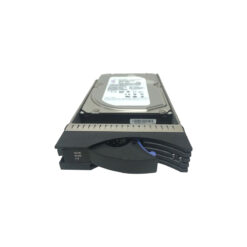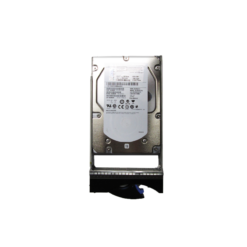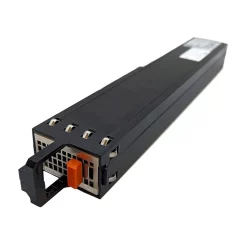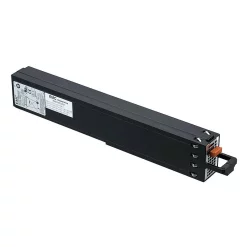Boosting Data Agility with EMC Unity Hybrid Flash: An Enterprise Must-Have
Introduction to EMC Unity Hybrid Flash
EMC Unity Hybrid Flash storage offers a scalable, unified storage platform designed for midmarket customers. It provides a blend of both flash and disk drive storage, combining the speed of flash with the capacity of traditional hard drives. This architecture ensures optimal performance, affordability, and a balance between speed and storage requirements.
Key Features of EMC Unity Hybrid Flash
- Unified Storage: Supports block and file storage in a single solution, simplifying management and boosting versatility.
- High Performance: Implements multi-core, scale-out architecture and utilizes SSDs for caching, resulting in increased I/O performance.
- Advanced Data Services: Includes features like deduplication, compression, thin provisioning, snapshots, and replication.
- Cloud Integration: Offers seamless integration with multiple cloud environments for hybrid cloud use cases.
- Ease of Management: Intuitive Unisphere management interface provides simple data management workflows.
Architecture and Functionality
The Unity Hybrid Flash array architecture is centered around its scalable modular design, which supports concurrent NAS and SAN operations with a wide range of protocols, including NFS, SMB, iSCSI, and FC.
Hardware Specifications
EMC Unity can scale from entry-level to mid-range with the following specifications:
| Model | Max Drives | Max Capacity | Max DRAM | Drive Connectivity |
|---|---|---|---|---|
| Unity 300 | 150 | 2.4PB | 64GB | SAS |
| Unity 400 | 250 | 4PB | 128GB | SAS |
| Unity 500 | 500 | 8PB | 256GB | SAS |
Data Flow Mechanisms
EMC Unity employs a streamlined, multi-core CPU architecture to ensure peak performance. Data flow follows these core processes:
- Data is ingested through the front-end ports utilizing supported protocols.
- The system caches data in SSDs to expedite storage and retrieval processes, optimizing throughput and latency.
- Data is further compressed and deduplicated to conserve storage space.
- Once processed, data is written to the appropriate media tier based on defined policies.
Comparative Analysis with Competing Technologies
NetApp FAS vs. EMC Unity Hybrid Flash
NetApp FAS: Primarily uses the ONTAP OS with strong file capabilities and robust cloud integration, whereas EMC Unity specializes in an all-encompassing solution optimizing both file and block storage simultaneously.
| Feature | EMC Unity | NetApp FAS |
|---|---|---|
| Block and File | Unified | File Strengths |
| Cloud Integration | Comprehensive | Strong |
| Data Services | Inbuilt Compressions | Extensive |
Real-World Applications and Use Cases
Use Case: Healthcare Data Management
Healthcare organizations require rapid access to large medical datasets. Using EMC Unity Hybrid Flash, institutions can manage patient records with ease, allowing instantaneous retrieval of critical information while ensuring data compliance. The built-in data protection features further ensure sensitive data remains secure and recoverable in the event of a system failure.
Use Case: Financial Services
In the finance industry, transaction workloads demand low latency and high-speed processing. By leveraging SSD caching, EMC Unity provides the necessary performance enhancement to accommodate high-frequency data operations, supporting rapid transaction processing and ensuring real-time data analytics capabilities.
Strengths and Weaknesses
Strengths
- Flexibility: Unified architecture for both NAS and SAN.
- Scalability: Expandable to meet evolving enterprise needs.
- Data Protection: Robust suite of data services ensure data integrity and disaster recovery.
Weaknesses
- Cost: Initial investment may be significant for smaller enterprises.
- Complex Configurations: Advanced features may require a steep learning curve for firms with limited IT resources.












